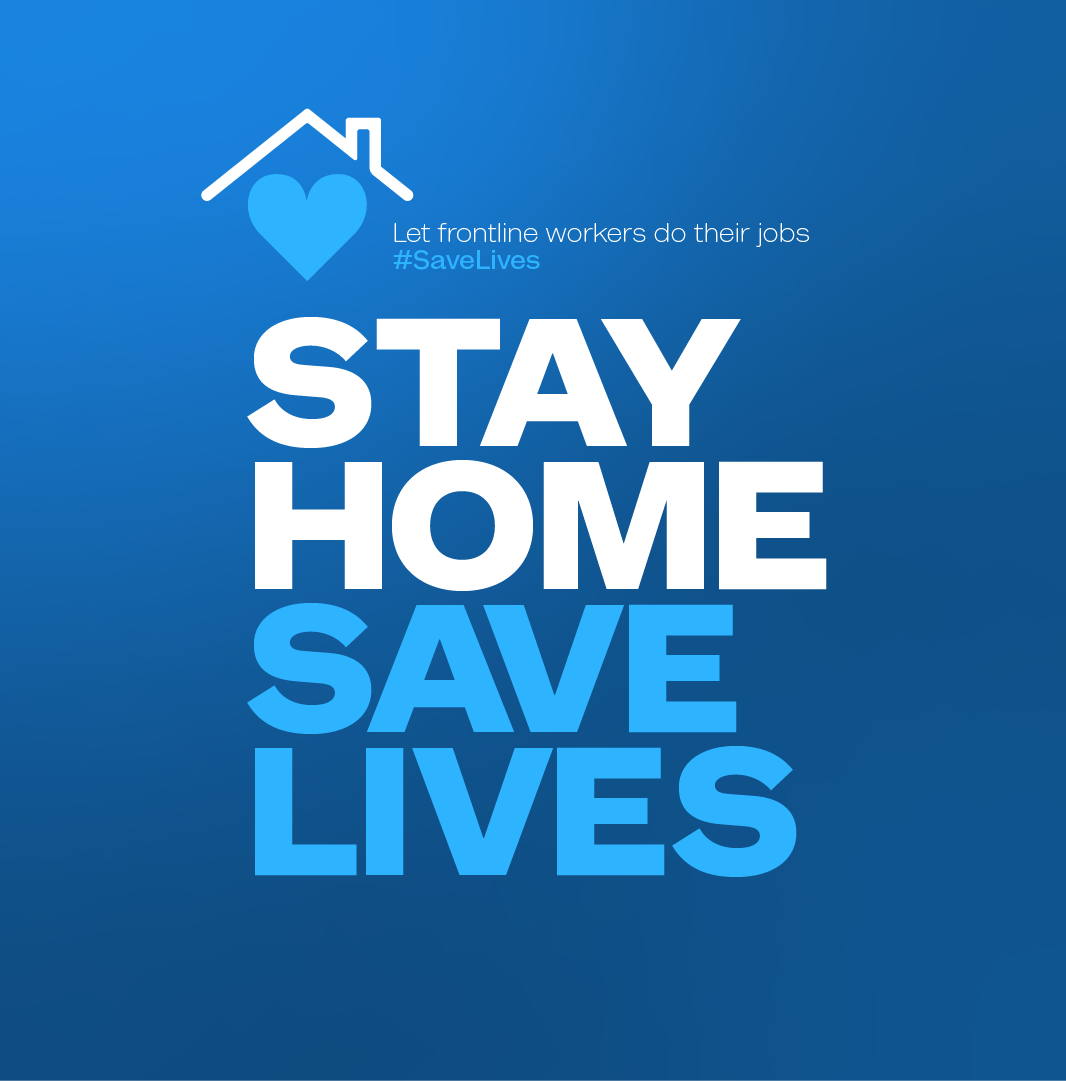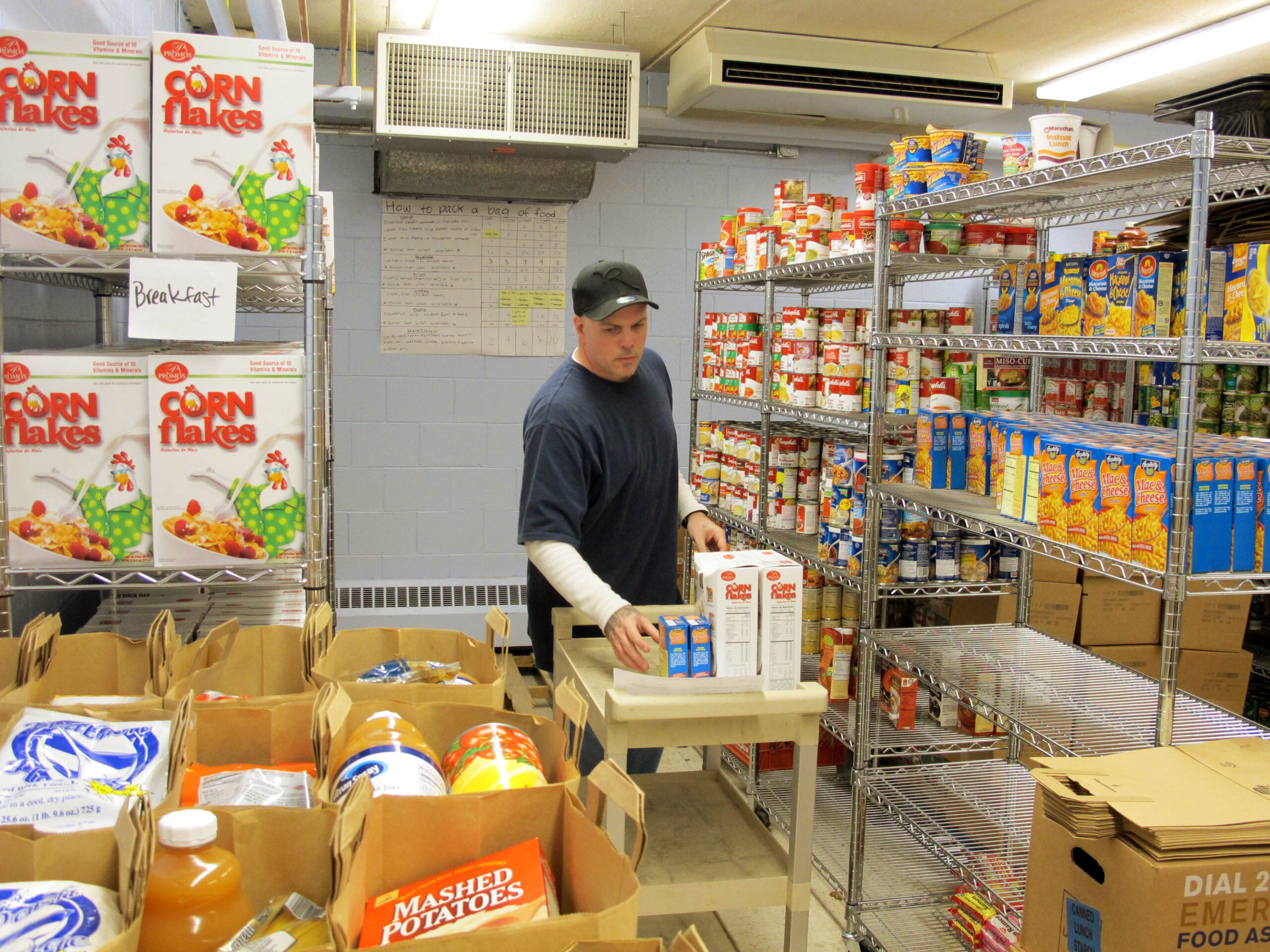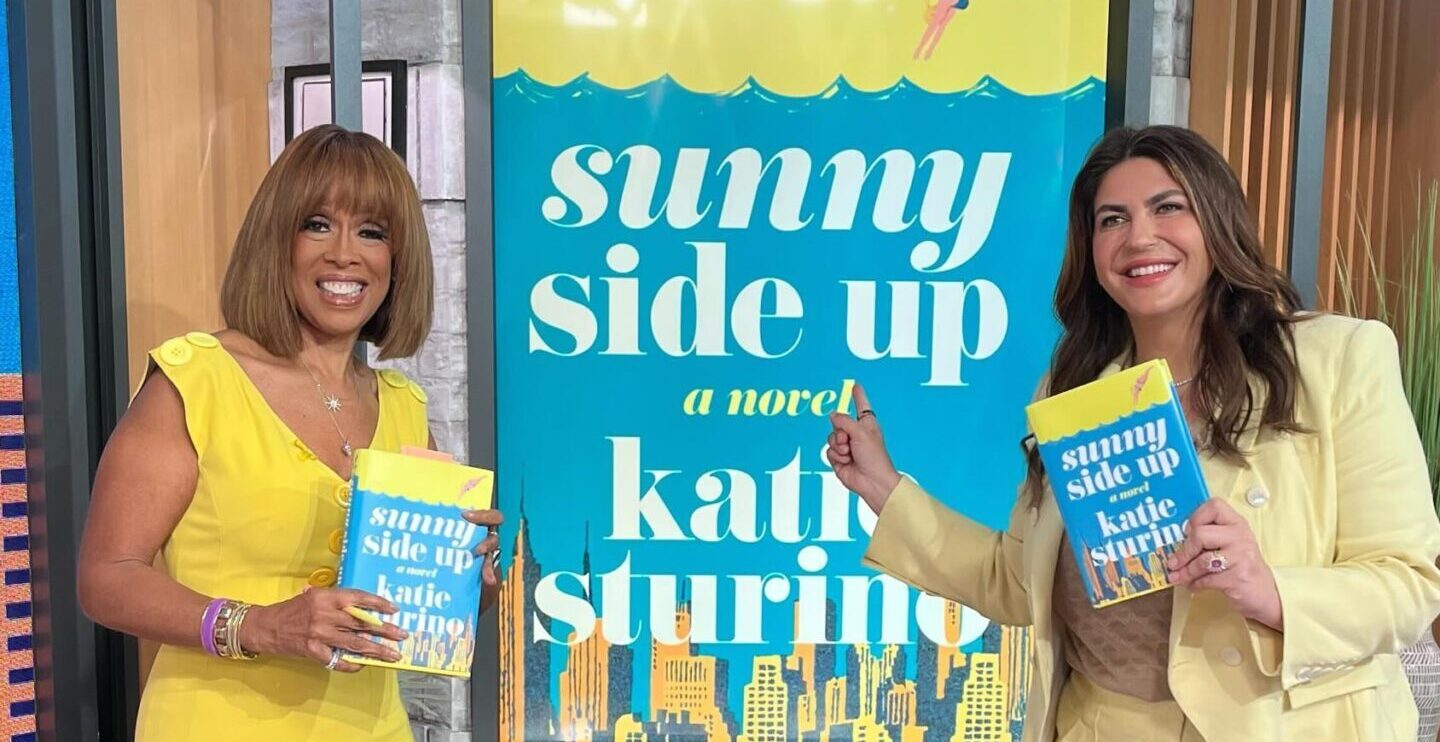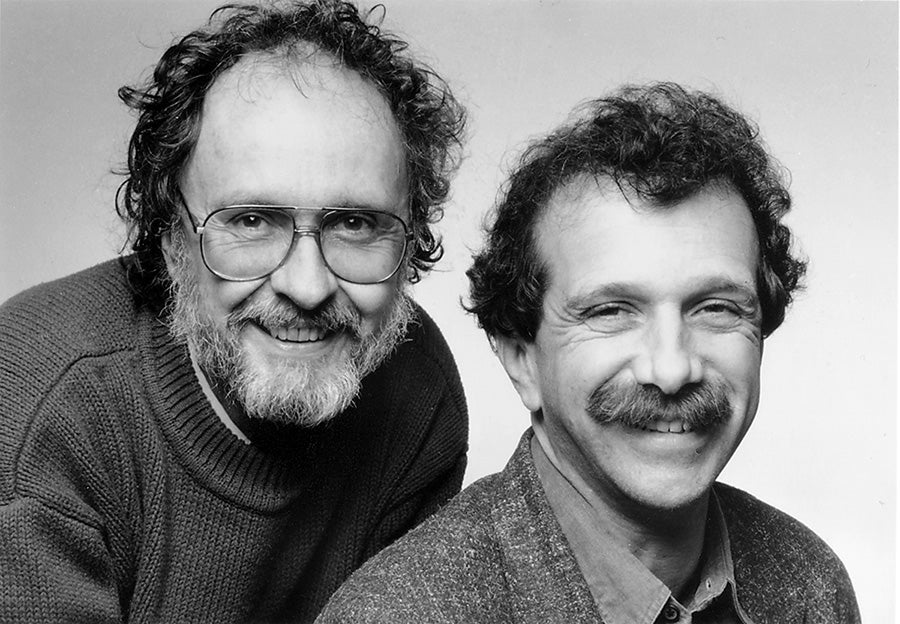Wisconsin schools are closed for the next few weeks, along with many businesses, libraries and other institutions.
It’s all part of an effort known as social distancing, to limit the spread of the new coronavirus.
Through WHYsconsin, WPR has received a lot of questions about what all goes into social distancing.
News with a little more humanity
WPR’s “Wisconsin Today” newsletter keeps you connected to the state you love without feeling overwhelmed. No paywall. No agenda. No corporate filter.
Dr. Jeffrey Pothof, chief quality officer with UW Health, joined WPR’s “All Things Considered” to answer some of those questions.
This transcript has been edited for brevity and clarity.
Q: To start, remind us why social distancing matters, even for people who are healthy, or in a low-risk group.
Dr. Jeffrey Pothof: Social distancing is our primary strategy on how we can flatten the curve, and I think most people have seen that curve. We really want to keep the number of individuals infected with COVID-19 at one time below the absolute limit of what our health care system can handle as far as capacity goes.
If we can handle all the people who have COVID at a given time, things will turn out OK. If we don’t do social distancing, and we see that spiked curve where the number of people who need health care services exceeds the ability of the health care system to provide it, that’s when we have things happen to people that we really don’t want to have happen to them. Social distancing is our way to say, “How do we flatten that curve and give ourselves the best chance to have the fewest lives impacted by COVID-19?”
Q: Is the goal to limit trips people are taking to necessary ones? It’s not necessarily that you’re either going nowhere ever, at any time, or living life exactly as it was before all this.
JP: Everything is a balance. You can’t do pure social distancing in the sense that no one can go anywhere, and we all lock ourselves in our house. That’s just not at all practical.
(Social distancing) is really taking a look at those things that we’re thinking about doing, and deciding, is this something that I have to do? Is something bad going to happen if I don’t do this? (Or) is this just something I want to do or would like to do? And then making those tough decisions to say, “If I don’t have to do this right now, I probably shouldn’t.”
The other thing is that social distancing isn’t just locking yourself in a room. There’s no risk with being outside, if you want to go for a run or go for a walk. It’s just the idea that you want to try to avoid being close to other people, especially large groups of people where you’re all close together. That’s the environment by which the virus can spread more rapidly and make more people sick in a short period of time.
Q: A number of people asked about time outside. So it would be OK to take a walk around the neighborhood as long as you keep your distance from someone else who might be doing the same thing?
JP: Absolutely. And it’s easy to be 6 feet away from someone outside. During all this craziness, I encourage people to get outside, take a walk, take a deep breath — use that as a way to reflect all the craziness that’s going on right now.
Q: We got a question asking “Can I have the windows to my house open?” Warmer weather is eventually coming, so it sounds like opening windows might be OK.
JP: That is totally OK, no problem at all.
Q: A lot of questions are about food, since that’s one of the common reasons people might go out even if they’re otherwise limiting their time in the community. Several people asked about getting food from restaurants during social distancing. What’s the safest way to get food from a restaurant?
JP: The issue with food is not so much the food itself, it’s the setting in which we consume food. My advice to individuals would be to consider the setting. Being in a restaurant, with tables usually spaced pretty close together, that would probably not be consistent with what we are asking folks to do with social distancing.
If you can get takeout, if you can get to-go — assuming there’s not long lines waiting for to-go — those are all appropriate options.
The food itself isn’t a problem at all, unless someone were to contaminate the food. And assuming those preparing our food are taking appropriate actions that they usually do, that wouldn’t be the risk. The risk is really the individuals sitting down in a restaurant, congregating, being close to other people for a long period of time. That’s the risk with food, but not really anything else.
Q: A listener asked about grocery shopping — in particular, is it safe to purchase fresh produce from a grocery store?
JP: Fresh produce is so important for our health. It’s not necessarily a problem to purchase that fresh produce. What I would recommend, and I know a lot of people do this already — when you get fresh produce from the grocery store, you’re going to wash it when you get home, and rinse it. I think it’s safe to purchase and consume fresh produce. That’s not so much a problem. The only risk you’d have from fresh produce is if someone had coughed or sneezed on it. And it seems like that’s not a very likely scenario.
Q: There are pickup and delivery options for grocery shopping now, but a lot of consumers will still get their food from inside the grocery store, and a lot of stores lately have been pretty busy. If you’re in the store and other people are there, what else would you advise so that we can try to keep our interactions to a minimum?
JP: The grocery store is a really good example of where it gets difficult.
People do need groceries, because we do need to feed our families. Ideally, go when it’s not so busy — that might be hard nowadays. If you are in the grocery store, try to keep that 6-foot distance, maybe try not to be in such a rush.
If there’s self-checkout, where you don’t have to line up with other individuals in a checkout line, that’s a good idea. A lot of our grocers have the ability to order ahead, so place your order online and just go pick it up, which would avoid a lot of people congregating. These are all good options, but “how do I avoid getting in close contact with a whole bunch of other people” is the thing that should be in the back of your head as you’re doing (in-store shopping).
Q: Does there potentially come a time in the next few weeks where the medical community might say, if neither you nor anyone in your family has been sick or had symptoms, you might be able to start to spend time with others who also have stayed healthy while still maintaining social distancing with others? Or is it too early to know that?
JP: I think that day will come. To give you a prediction when that day is, is hard right now. Just like when we have flu season, we understand peak and tail.
I think health care experts, especially our epidemiologists, will be able to make sound recommendations based on the science and the evidence that we’re seeing, when we think that risk is mitigated and we don’t have to be quite so worried about it.





